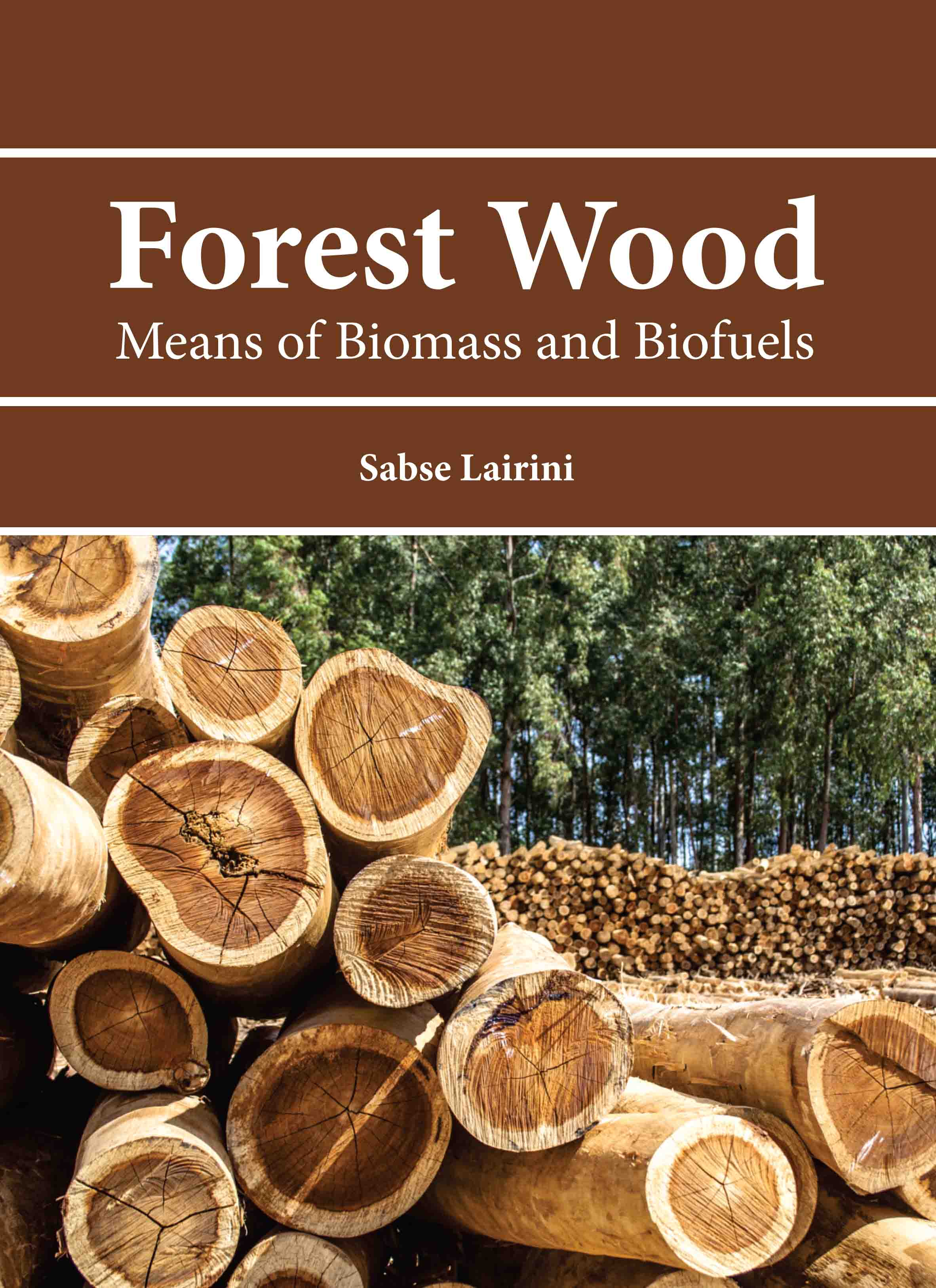
Forest Wood: Means of Biomass and Biofuels
by Sabse Lairini
| ISBN | 9781835352892 |
|---|---|
| Publisher | EDTECH PRESS |
| Copyright Year | 2025 |
| Price | £165.00 |

by Sabse Lairini
| ISBN | 9781835352892 |
|---|---|
| Publisher | EDTECH PRESS |
| Copyright Year | 2025 |
| Price | £165.00 |
A typical solid biofuel is wood, commonly referred to as woody biomass. It has been used for cooking and heating for a very long time. Bioenergy is a form of renewable energy produced from substances generated from biological sources. Wood is our oldest renewable energy source, and as much of the world works to lessen its reliance on fossil fuels, energy corporations and nations alike are turning to it once more. However, there are several drawbacks to using wood for bioenergy and biofuels. The ability to get the wood required for those uses on a sustainable basis is the main issue. Renewable power, heat energy, and transportation fuels (biofuels) can all be made from biomass. Biomass is one of the most prevalent and widespread resources in the world when compared to other resources that are available. In light of this, biomass has the potential to be a source of sustainable energy both locally and globally. The book is divided into three sections, presenting non-wood and non-forest products derived from forestry, arboriculture, or wood processing, agricultural biomass (natural fibres), derived from agricultural harvesting or processing, and, finally, energy crops, including high yield crops and grasses cultivated specifically for energy production.